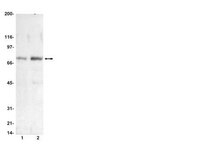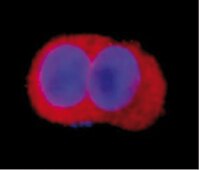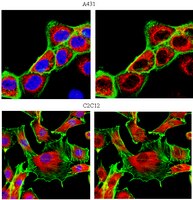15-107 Sigma-AldrichMAPK Pathway 1 Explorer Antibody MiniPack
This Antibody pack contains Anti-phospho-Raf-1 Antibody(Ser338), Anti-phospho-MEK1 Antibody(Ser218/222)/ MEK2 (Ser222/226), Anti-phospho-Erk 1/2 Antibody (Thr202/Tyr204, Thr185/Tyr187), validated for use in IF, Flow, WB, Multiplexing
More>> This Antibody pack contains Anti-phospho-Raf-1 Antibody(Ser338), Anti-phospho-MEK1 Antibody(Ser218/222)/ MEK2 (Ser222/226), Anti-phospho-Erk 1/2 Antibody (Thr202/Tyr204, Thr185/Tyr187), validated for use in IF, Flow, WB, Multiplexing Less<<Recommended Products
Overview
| Replacement Information |
|---|
| References |
|---|
| Product Information | |
|---|---|
| Components |
|
| Format | Purified |
| Control |
|
| Presentation | 3 individual tubes containing either Anti-phospho-Raf-1 (Ser338); or Anti-phospho-MEK1 (Ser218/222)/ MEK2 (Ser222/226); Anti-phospho-Erk 1/2 (Thr202/Tyr204, Thr185/Tyr187), recombinant clone AW39R |
| Properties | Each vial is 30% the size of the parent catalog number |
| Quality Level | MQ100 |
| Physicochemical Information |
|---|
| Dimensions |
|---|
| Materials Information |
|---|
| Toxicological Information |
|---|
| Safety Information according to GHS |
|---|
| Safety Information |
|---|
| Packaging Information | |
|---|---|
| Material Size | 3 vials/Pk |
| Transport Information |
|---|
| Supplemental Information |
|---|
| Specifications |
|---|
| Global Trade Item Number | |
|---|---|
| Catalogue Number | GTIN |
| 15-107 | 04053252004261 |














